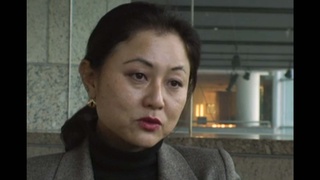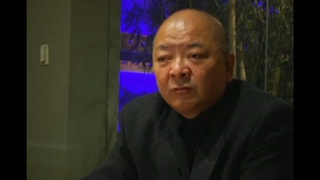Interviews
Symbolic New Year’s foods prepared from scratch
New Year was a special event. Every New Year’s—and I still do that myself. I invite people to have New Year’s dinner. But all the delicious food for New Year’s was prepared from scratch—sushi and then umani. Umani has usually chicken in it. It’s different from nishime…doesn’t have any protein like chicken, but umani does. Then we have fish, a big red fish for yorokobi or for celebration. Kuromame (black beans), cook the kuromame and we always had the fish roe. Kazunoko for plentiful children. I guess that’s what it was. Kuromame is mame ni kuraseru…eat kuromame and be very, very healthy. So you can work well. And let’s see. What else did we have?
I*: So there was symbolic meaning to all the food.
Yes, yes. The basic…and then of course the basic one in the morning is your rice soup. We called it ozoni with mochi in it and different prefectures have different ways of preparing. In Hiroshima because it has so many seafood, they usually use seafood into their soup. So we used to use clam. My mother had those canned clams and she’d use that for the base for the ozoni. Whereas some other would just use vegetable and some used chicken and so on. But that was…New Year’s was a big, big event for us every year.
* “I” indicates an interviewer (Akemi Kikumura Yano).
Date: May 31, 2006
Location: Hawai‘i, US
Interviewer: Akemi Kikumura Yano
Contributed by: Watase Media Arts Center, Japanese American National Museum










